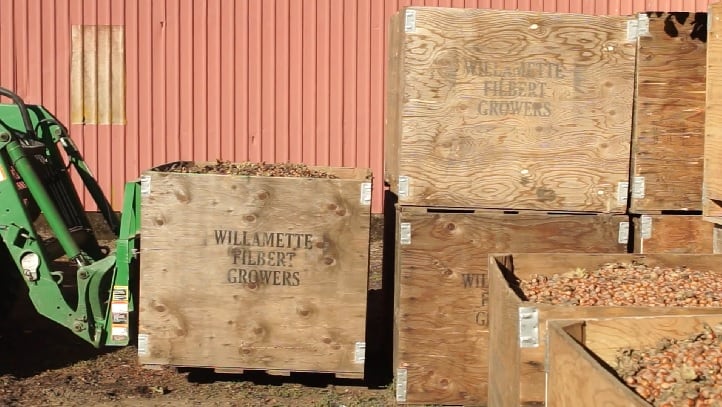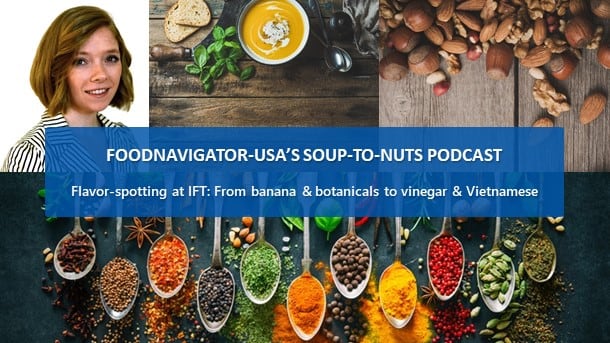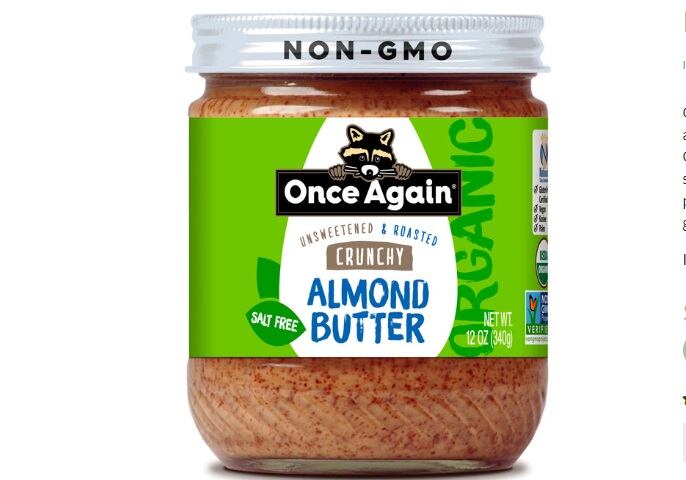“It has actually been a pretty exciting time in the hazelnut world here in the last couple of years – the growth has been tremendous throughout Oregon’s Willamette Valley,” where 99.9% of US hazelnuts are grown, said Darrin Cline, the communications director for the Hazelnut Marketing Board.
He explained to FoodNavigator-USA that since 2012 the US hazelnut, also known as the filbert, has “been in a boom period” – going from about 30,000 acres to around 85,000 acres in 2019. This resulted in a record crop in 2018 of about 50,000 tons, which is part of a broader trend that he predicts will continue to climb in the next five to 10 years.
“Hazelnut trees take about five years to reach maturity and start producing, and once they do they can produce for 70, 80 or 90 years … with good management, good weather and everything working out,” Cline said.
He added that the delay between planting and production means the industry is really only in the “second inning” of production from the steady planting it began eight years ago. “We have a lot more growth to come in the next five to 10 years, and we are really excited to see that production really go up,” because it means manufacturers and wholesale food service providers can secure a steady supply for new products and menu items, he said.
A new variety of hazelnut brings new hope
The uptick in planting and subsequent production of US hazelnuts is made possible thanks to a new variety of hazelnut tree cultivated by Oregon University’s natural breeding program that was first released in 2012.
“The new Jefferson variety [of hazelnut tree] is not supposed to be susceptible to the blight that has been slowly killing many of the existing hazelnut trees,” which, combined with hazelnuts’ reputation as a profitable easy-going crop has made planting hazelnuts more appealing to Oregon farmers, said Troy Johnson, managing director of Laurel Foods.
As such, he added, many farmers not only replaced existing hazelnut trees with the new variety but used it to replace other commodity crops that have not performed as well in recent years or historically dip during recessions.
A versatile ingredient
With the new Jefferson variety driving up production, Cline said the US hazelnut industry is now ready to “start pushing forward and getting hazelnuts in more products, getting them on more store shelves and getting people more familiar with hazelnuts.”
According the Cline, the hazelnut has a lot to offer over the competition – most notably its distinctive flavor that can deliver a new and yet accessible experience for US consumers.
“When you eat a hazelnut, it has a robust nutty – almost buttery – flavor that you don’t get in a lot of other nuts,” he said.
It also plays well with other ingredients, he said, noting that where other nuts might overwhelm a product or dish, hazelnuts “really make any other flavor pop – it accentuates anything it is paired with – without getting lost itself.”
For example, he noted, the classic pairing of chocolate and hazelnuts that is the basis of Nutella and many confections. But, he added, the nut is also versatile and can be used in savory dishes as well – such as by “a local creamery here [that] uses hazelnut shells to smoke their cheese over and bring out a nice nutty flavor.”
A recent recipe contest hosted by the Hazelnut Marketing Board further showcased the nuts’ versatility. The winner of the nationwide contest was executive chef Matt Hull of Zynodoa of Staunton, Va., who used Oregon hazelnuts to create a cacio de pepe with crispy sage.
Hazelnuts also can be use as a flour replacement when ground into a meal, for their oil or as a simple snack when hulled, Johnson added.
Cline also touted the nut’s unique health benefits, which includes more folate than any other tree nut at 8% of the daily value per serving, 2.7 grams of dietary fiber per single ounce and zero cholesterol.
“We also hang our hats on copper, manganese and some other cardiovascular health aspects of hazelnuts,” Cline said.
Building awareness
While hazelnuts have a lot to offer, Cline acknowledged that they aren’t as well known as other nuts – which could hold back its use as a star ingredient. However, he said, the marketing board is actively working to raise awareness of hazelnuts and help drive innovation.
For example, the board is working closely with chefs and the food service industry to introduce the ingredient to more Americans at restaurants – or in take out dishes. It also is promoting the nut across social media, including new product launches that feature the ingredient.
These efforts also expand beyond the US boarder with a new campaign to boost Oregon hazelnut exports in Canada, China, India, Japan and South Korea where Cline said the nut has a lot of potential as it is already valued as a traditional snack or holiday treat.
Johnson added that individual processors also “have really done a big push in the domestic market” to increase their support of companies that want to innovate or incorporate more hazelnuts. Likewise, he said, some are exploring how to promote hazelnuts through their own brands and lines of retail products.
Ultimately, Cline said, now that there is a strong, stable supply of US hazelnuts it is only a matter of time – and not much at that – before hazelnuts are available throughout grocery stores in different products and different dishes at restaurants.




